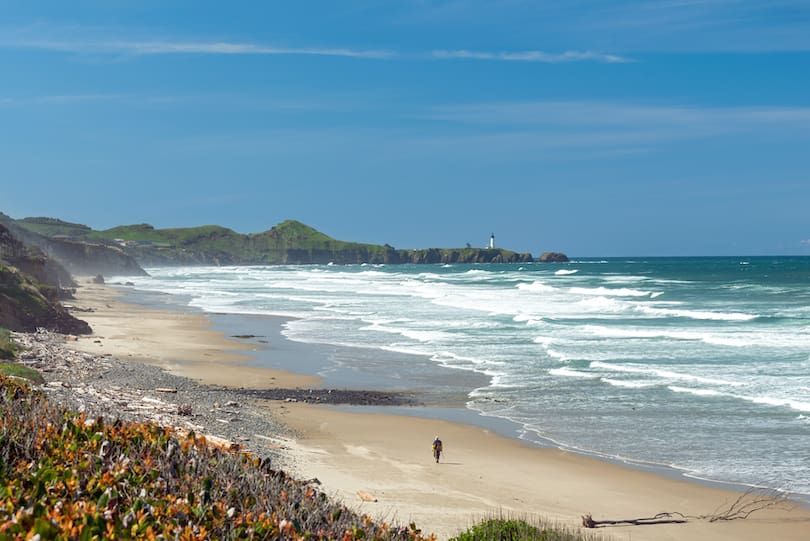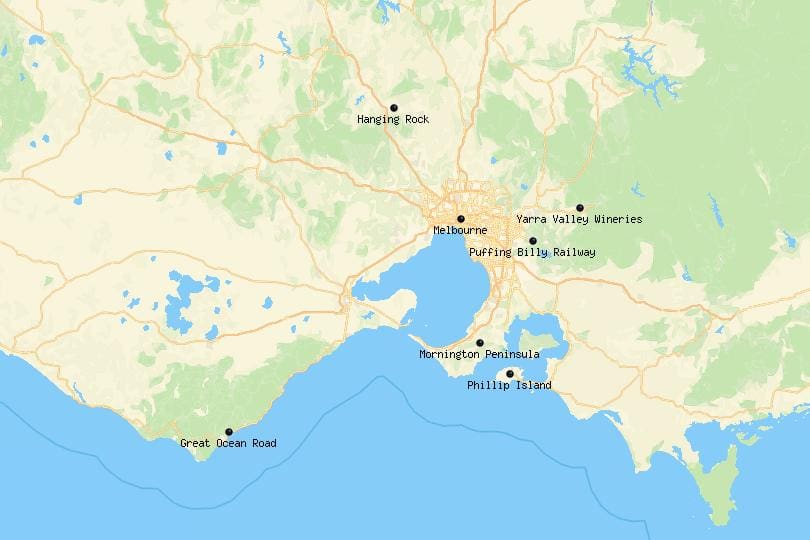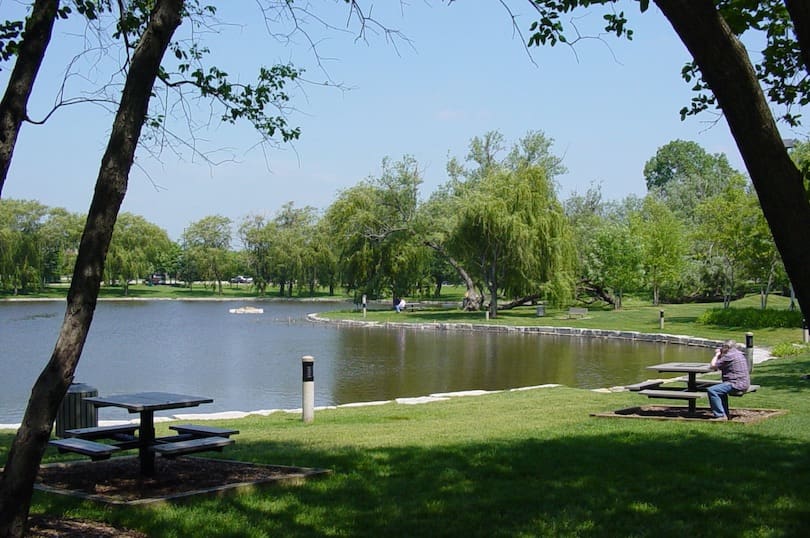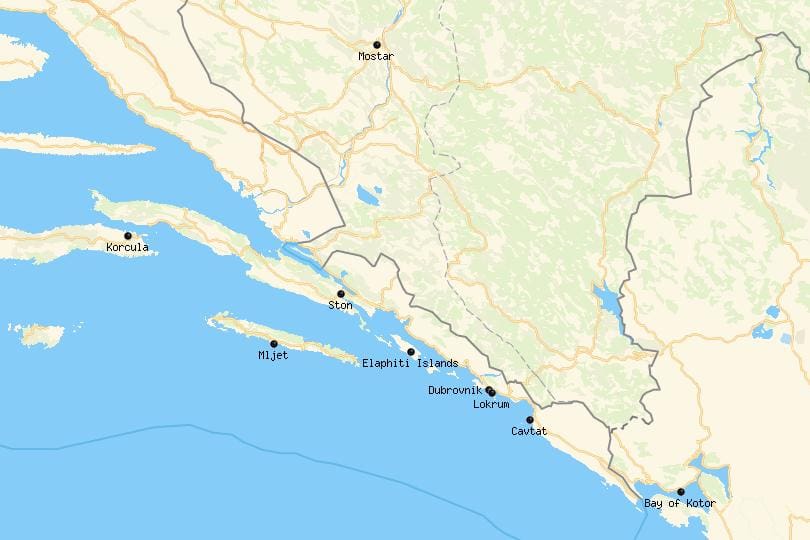In the heart of the Andaman Sea, nestled on South Andaman Island, there exists a place where history whispers through the rustling palm trees, where the echoes of sacrifice resonate in the tropical breeze. It’s not just a jail; it’s a chapter in India’s fight for freedom, and it goes by the name – Cellular Jail, or as some call it, Kala Pani Jail. Here, we embark on a journey to unravel the profound tale of this infamous prison.
1. The Construction of Cellular Jail
1.1 The Design and Architecture of the Jail
Imagine a structure, an eerie octagon, rising from the emerald waters like a sentinel of oppression. Designed by the British mastermind James Pattinson, this colossal edifice emerged between 1896 and 1906. Its blueprint drew inspiration from the panopticon, a circular prison where cells encircled a central watchtower, an ingenious design to spy on prisoners in secrecy.
Within its confines, seven wings spiraled outwards, each housing three floors and a total of 698 cells. These cells, akin to claustrophobic boxes, measured a mere 4.5 meters by 2.7 meters, hosting a solitary soul. Devoid of windows, they sweltered in the day and shivered in the night. A tiny perforated vent on the roof was their lifeline, their solitary connection to the outside world.
1.2 The Living Conditions of Prisoners
As the jail came into existence, it formed an octagonal fortress, an eerie testament to colonial cruelty. The cells resembled matchboxes, each holding a single occupant, forsaken amidst these cold, unfeeling walls. Life within these grim confines was a relentless battle against harsh labor, meager sustenance, and the torment of isolation.
2. The Significance of Cellular Jail in India’s Independence Movement
2.1 The Role of Cellular Jail in Suppressing the Freedom Struggle
This prison played a menacing role in quashing the spirit of India’s freedom fighters. It was engineered to breed isolation and dehumanization, a place where whispers of rebellion were silenced. Its seven wings, akin to a labyrinth, housed a web of cells where communication was a distant dream, foiling any hopes of organization.
Cellular Jail’s very location added to its sinister charm – surrounded by the unforgiving ‘kaala paani’ or black waters, cutting off prisoners from the mainland. In this desolation, inmates faced relentless labor, their voices stifled, and many perished under the inhumane weight. The jailers, relentless as a monsoon storm, wielded their power with cruel precision, ensuring any sparks of rebellion were extinguished in an instant.
2.2 The Stories of Courage and Resistance by the Inmates
Yet, within these cold, unforgiving walls, a different tale unfolded – one of unyielding resolve. Prisoners, despite the unrelenting oppression, chose defiance. They fought with silent strength, staging hunger strikes, protests, and acts of courage. Names like Vinayak Damodar Savarkar and Batukeshwar Dutt emerged from these shadows, etching themselves into the annals of India’s fight for freedom.
3. The Present-Day Status of Cellular Jail
3.1 The Declared National Monument and Tourist Destination
Today, Cellular Jail stands as a hallowed national monument, beckoning travelers to Port Blair, Andaman and Nicobar Islands. It is lovingly maintained by India’s Ministry of Tourism. Visitors wander through its seven wings, peering into the very cells that bore witness to unimaginable suffering.
Within the complex, a museum unfolds the stories of prisoners, the islands, and their history. An array of artifacts – photographs, documents, and personal mementos – serve as a window into the past. As the sun sets over the Andaman Sea, a mesmerizing light and sound show narrates the tales of hardship and unwavering defiance.
This place, with its enigmatic charm, welcomes thousands of travelers annually, bridging the gap between the past and the present. It stands as a testament to India’s struggle for independence, a tribute to the valor of those who stood strong in the face of tyranny. It underscores the importance of preserving history for the enlightenment and inspiration of future generations.
3.2 The Preservation Efforts and Challenges
Yet, the battle to preserve this historical gem is not without its own challenges. The relentless tropical climate of the Andaman Islands and limited resources have posed hurdles in maintaining the jail’s integrity. Still, the commitment to preserving this symbol of courage persists, a testament to its enduring significance.
Conclusion
Cellular Jail, a living relic of India’s quest for freedom, casts a long shadow over the past. In its cells, the anguish of prisoners mingles with the whispers of the wind. It’s a stark reminder of the sacrifices made during the fight for independence, a testament to the indomitable spirit of those who endured its confines. Despite the challenges of preservation, it remains a vital chapter in India’s history, a pilgrimage site for those who seek to understand the depths of human courage.
FAQs
- Who built the Cellular Jail, Port Blair? The Cellular Jail was constructed by the British colonial government in 1906.
- What was the purpose of the Cellular Jail? The Cellular Jail was designed to incarcerate political prisoners, especially those actively involved in India’s freedom movement.
- Who were some of the notable freedom fighters imprisoned in Cellular Jail? Notable freedom fighters like Vinayak Damodar Savarkar and Batukeshwar Dutt were among those imprisoned in Cellular Jail.
- Can visitors visit the Cellular Jail today? Yes, Cellular Jail is now a national monument and a popular tourist destination in Port Blair.
- What is the significance of Cellular Jail in India’s history? Cellular Jail is a symbol of India’s struggle for independence, honoring the sacrifices of the freedom fighters who dedicated their lives to the country’s freedom.

















I have not checked in here for some time as I thought it was getting boring, but the last few posts are good quality so I guess I’ll add you back to my everyday bloglist. You deserve it my friend :)
친구들에게 안녕하세요, 튜터링에
관한 환상적인 글이며 완전히 설명되어 있습니다, 항상 계속하세요.
|
진심으로 훌륭한 포스트입니다! 당신의 콘텐츠는 정말 흥미롭고, 특히 бесплатно에 대한 부분이 눈에 띄었어요.
더 많은 정보을 위해 자주 방문할게요.
계속해서 이런 멋진 콘텐츠 부탁드려요!
감사합니다!
|
안녕하세요! 이 사이트를 검색 중에 발견했는데, 정말
놀랍습니다! 귀하의 글은 Zhonghao Boutique
Hotel Dalang Business Center에 대해 깊은 통찰을 제공해요.
그런데, 이미지나 비디오를 조금 더 추가하면 방문자들이 더 몰입할
수 있을 것 같아요. 아이디어일 뿐이지만, 고려해 보세요!
앞으로도 좋은 콘텐츠 기대할게요!
|
와, 이 포스트은 정말 놀라워요! Cellular Jail,
Port Blair: A Reminder Of India's Struggle
For Independence – Tripkrt Holidays에서
이렇게 유익한 정보를 찾을 줄 몰랐어요.
당신의 글쓰기 스타일이 매우 쉽고 읽기가 즐거웠어요.
궁금한 점이 있는데, pulmonare 관련 더 자세한 자료를 어디서 찾을 수 있을까요?
감사합니다!
|
대단한 콘텐츠입니다! 이 웹사이트는 socialmedia에 대해 상세한 정보를 제공해서
정말 도움이 됐어요. 다만, 페이지 로딩 속도가 조금
느린 것 같아요. 서버 문제인지 확인해 보시면 어떨까요?
그래도 콘텐츠는 정말 최고예요! 앞으로도 기대할게요!
|
안녕하세요! Cellular Jail, Port Blair: A Reminder
Of India's Struggle For Independence – Tripkrt Holidays의
팬이 됐어요! 귀하의 기사는 항상 흥미롭고.
특히 Cosmetic에 대한 설명이 정말 인상 깊었어요.
추천드리자면, 독자와의 상호작용을 위해 댓글란에 토론 주제를 추가하면 더 활발한 커뮤니티가 될 것 같아요!
감사합니다!
|
놀라워요! 이 블로그에서 시알리스용량에 대해 이렇게 깊이 있는 정보를 얻을 수 있다니 믿기지 않아요.
당신의 글은 쉽게 이해할 수 있고 초보자에게도 딱이에요.
혹시 비슷한 주제의 자료를 공유해 주실 수 있나요?
계속해서 멋진 콘텐츠 부탁드려요!
|
인사드립니다! Cellular Jail, Port Blair: A Reminder Of India's Struggle For Independence – Tripkrt Holidays을 동료 추천으로 알게 됐는데, 정말
훌륭해요! mg precio bayer 10 levitra에 대한 당신의 포스트는 매우 유용했고.
그런데, 모바일에서 볼 때 레이아웃이
약간 어색해요. 반응형 디자인을 고려해
보시면 어떨까요? 그래도 콘텐츠는 대단해요!
고맙습니다!
|
정말 감사드립니다! Cellular Jail, Port Blair:
A Reminder Of India's Struggle For Independence – Tripkrt Holidays의
포스트는 bisinis online에 대해 제가 찾던 모든 것을 제공해 줬어요.
당신의 글은 논리적이고 읽혀서 읽는 게 전혀 아깝지 않았어요.
제안이 있는데, 이 주제에 대해 정기적인 업데이트를 계획 중이신가요?
앞으로도 기대할게요!
|
와우, 이 블로그는 정말 보물이에요!
bileteria 관련 정보를 찾다가 Cellular Jail, Port Blair:
A Reminder Of India's Struggle For Independence – Tripkrt Holidays에 도착했는데,
기대 이상이었어요. 귀하의 기사는 매우 흥미로워요.
혹시 비슷한 토픽의 포럼를 추천해 주실 수 있나요?
앞으로도 좋은 콘텐츠 부탁드려요!
|
안녕하세요! Cellular Jail, Port Blair: A Reminder Of India'
s Struggle For Independence – Tripkrt Holidays의 포스트를 읽으면서 정말 즐거웠어요.
Pátzcuaro에 대한 귀하의 분석은 정말 신선하고.
다만, 인포그래픽 같은 시각 자료를 추가하면 더 인상 깊을 것 같아요.
생각해 보세요! 감사합니다, 다음 포스트도 기대할게요!
|
멋진 블로그네요! software contabilita semplificata에 대해 이렇게 상세하고
정보를 제공하는 곳은 드물어요. 당신의 글쓰기 스타일이
정말 쉽고 계속 읽고 싶어져요. 궁금한 점이 있는데, 이
토픽에 대한 웨비나나 강의 계획이 있나요?
앞으로도 멋진 콘텐츠 부탁드려요!
|
안녕하세요! Cellular Jail, Port Blair: A Reminder
Of India's Struggle For Independence – Tripkrt Holidays을 처음 방문했는데, 정말 놀라워요!
HANDCRAFTED AFRICAN GARMENTS에 대한 귀하의 포스트는 매우 도움이 되고.
하지만, 구글에서 이 페이지를 찾기가 조금 어려웠어요.
SEO 최적화를 조금 더 강화하면 더 많은 방문자가 올 것 같아요!
고맙습니다!
|
놀라워요! Cellular Jail, Port Blair: A Reminder Of India'
s Struggle For Independence – Tripkrt Holidays에서 qc fireproofing에 대해 이렇게 명확하고 설명한 곳은 처음이에요.
귀하의 포스트는 일반인도 쉽게 이해할 수 있게 쓰여 있어서 정말 감동적이었어요.
혹시 이 주제에 대한 전자책 같은 자료를 제공하시나요?
앞으로도 멋진 콘텐츠 기대할게요!
|
안녕! Cellular Jail, Port Blair: A Reminder Of India'
s Struggle For Independence – Tripkrt Holidays의 기사를 읽고 정말
감명받았어요. médias libres에 대한 당신의 설명은 매우 직관적이라 이해하기 쉬웠어요.
궁금한 점이 있는데, 방문자가 직접 참여할 수 있는
설문 같은 콘텐츠를 추가하면 어떨까요?
감사합니다, 다음 포스트도 기대할게요!
|
와, Cellular Jail, Port Blair: A Reminder Of India's
Struggle For Independence – Tripkrt Holidays은 정말 대단한 블로그네요!
tutoriales 관련 정보를 찾다가 여기 왔는데, 당신의 포스트는
정말 흥미롭고. 다만, 트위터에서 이 콘텐츠를 더 적극적으로 공유하면 더 많은 사람들이 볼 수 있을 것 같아요!
계속해서 좋은 콘텐츠 부탁드려요!
|
인사드립니다! Cellular Jail, Port Blair: A Reminder Of India's Struggle For Independence – Tripkrt Holidays의 포스트를 읽으며 дентальный에 대해 새로운
관점를 얻었어요. 당신의 글은 정말 재미있어요.
질문이 있는데, 이 주제와 관련된 참고
자료를 알려주실 수 있나요? 감사합니다,
자주 방문할게요!
|
훌륭한 블로그입니다! курсы страхового
агента에 대한 귀하의 기사는 정말 눈에
띄어요. 하지만, 태블릿에서 볼 때 글씨 크기가 조금
작게 느껴져요. 디자인 조정을 고려해 보시면 어떨까요?
그래도 콘텐츠는 정말 최고예요! 감사합니다!
|
안녕! Cellular Jail, Port Blair: A Reminder Of India's Struggle For
Independence – Tripkrt Holidays을 친구에게 추천받아 방문했는데, 정말 대단해요!
SITE KEYWORDS HERE에 대한 귀하의 설명는 정말 흥미로워요.
아이디어로, 방문자와의 상호작용을 위해 토론 세션 같은 이벤트를 열어보면 어떨까요?
앞으로도 멋진 콘텐츠 기대할게요!
|
대단해요! Cellular Jail, Port Blair: A Reminder Of India's Struggle For Independence
– Tripkrt Holidays에서 р160에 대해 이렇게 깊이 있는 정보를 찾을 수 있다니 행운이에요!
귀하의 글은 정말 논리적이고 읽혀서 시간이 전혀 아깝지 않았어요.
질문이 있는데, 이 주제에 대한 온라인 강의 계획이 있나요?
고맙습니다!
|
안녕하세요! Cellular Jail, Port Blair: A Reminder Of India's Struggle For Independence – Tripkrt Holidays의
기사를 읽고 비아그라 한알 구매에
대해 깊은 인상을 받았어요. 당신의 글쓰기 스타일이 정말 매력적이라 계속
읽고 싶어져요. 하지만, 구글에서 이 페이지를 찾기가 조금 어려웠어요.
SEO를 강화하면 더 많은 독자가 올 것 같아요!
앞으로도 좋은 콘텐츠 부탁드려요!
Hi there, this weekend is fastidious in favor of me,
since this time i am reading this great educational article here at my house.
Heya i’m for the first time here. I came across this board and I find It really helpful & it helped me out a lot. I hope to provide something again and aid others such as you helped me.
Good write-up, I¦m regular visitor of one¦s web site, maintain up the excellent operate, and It is going to be a regular visitor for a lengthy time.
amoxicillin where to buy – https://combamoxi.com/ order amoxil pill
diflucan 100mg tablet – site order diflucan 200mg generic